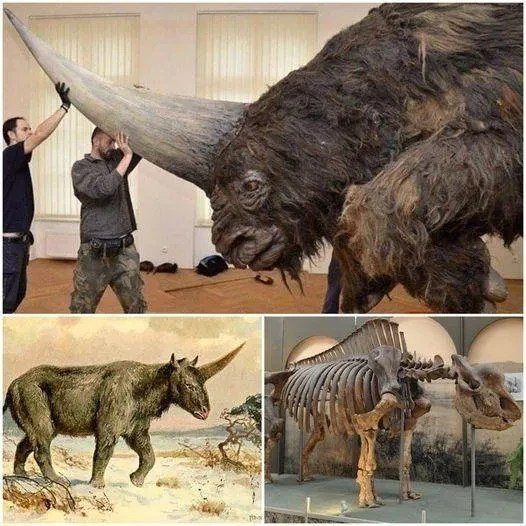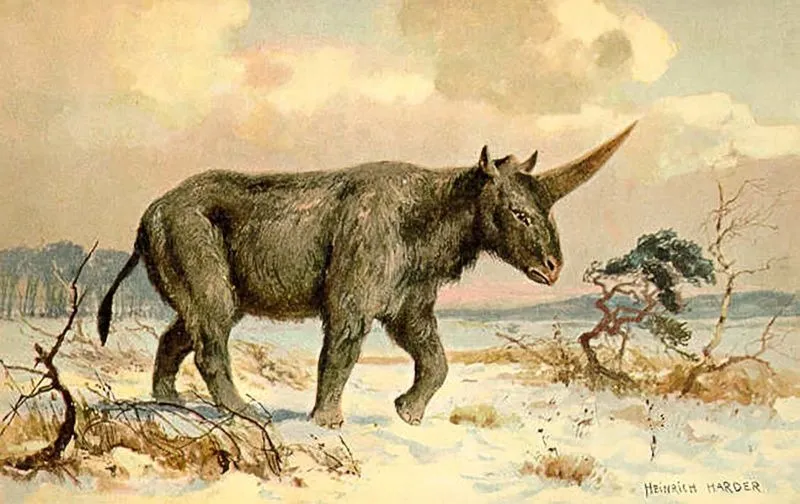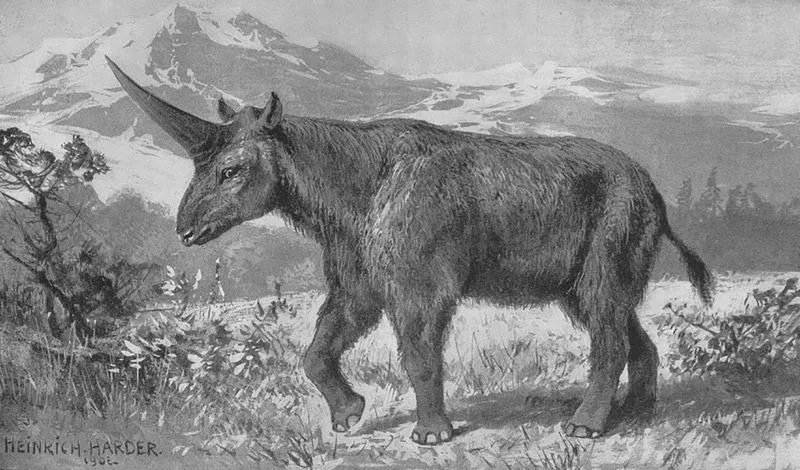The “Siberian Unicorn” Walked Among Humans—Extinct Giant Roamed Eastern Europe Until 39,000 Years Ago

In a stunning update to prehistoric timelines, scientists have discovered that the Siberian unicorn—a massive, extinct species of rhinoceros—survived much longer than previously believed, roaming the grasslands of eastern Europe and western Asia until at least 39,000 years ago. This puts the formidable creature in direct overlap with Neanderthals and early modern humans, challenging long-standing assumptions about its extinction and raising fresh questions about human-animal interactions during the Ice Age.
Known scientifically as Elasmotherium sibiricum, this beast has long captured the imagination due to its towering stature, horse-like build, and presumed enormous horn. Earlier studies placed its extinction at around 200,000 years ago, but new radiocarbon dating and fossil evidence reveal that it persisted well into a period bustling with early hominin activity. This timeline adjustment brings the Siberian unicorn into a shared landscape with humans who were spreading across Eurasia, hunting, gathering—and possibly even encountering this awe-inspiring creature face-to-face.

Despite its name, the Siberian unicorn is not a mythical being, but a real, flesh-and-bone giant herbivore that stood up to 2 meters tall (6.5 feet) at the shoulder and could weigh over 3.5 tons. Its extinction, now believed to have occurred during a time of dramatic climate shifts and environmental stress, may also reflect deeper ecological changes or indirect pressures from early humans. Whether revered in oral legend or simply feared and avoided, the Siberian unicorn serves as a powerful reminder of the lost giants that once coexisted with humanity—and the ever-changing story of life on Earth.











